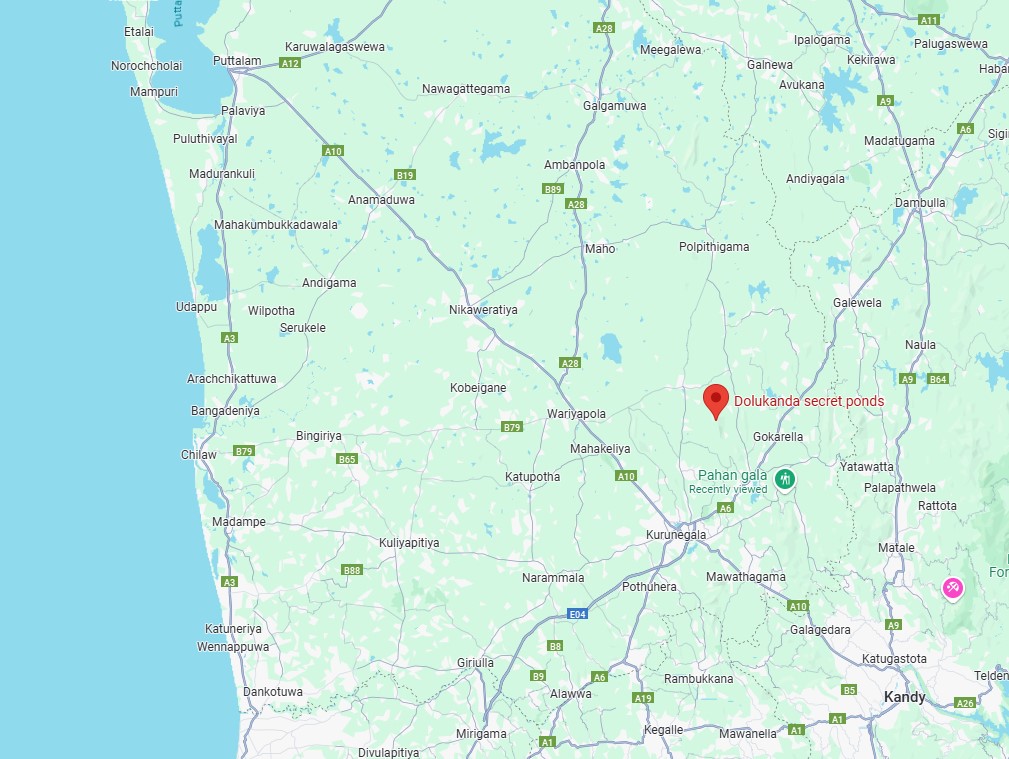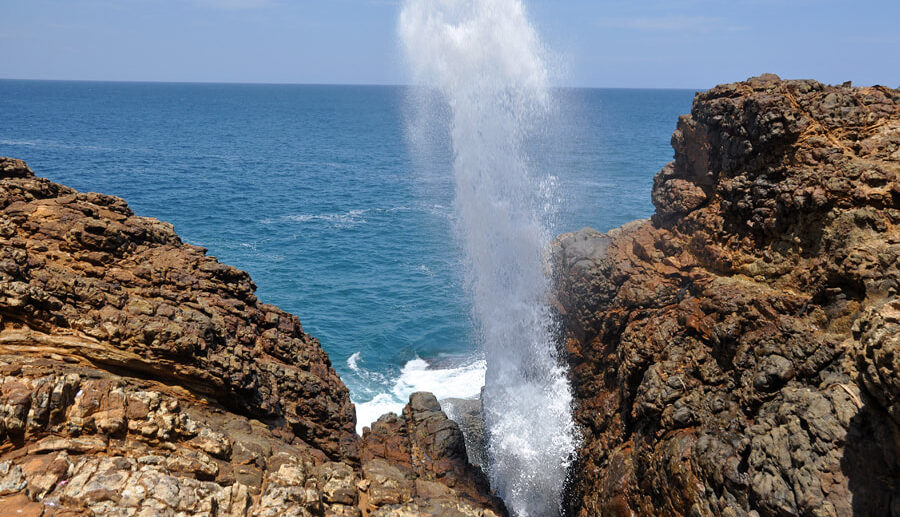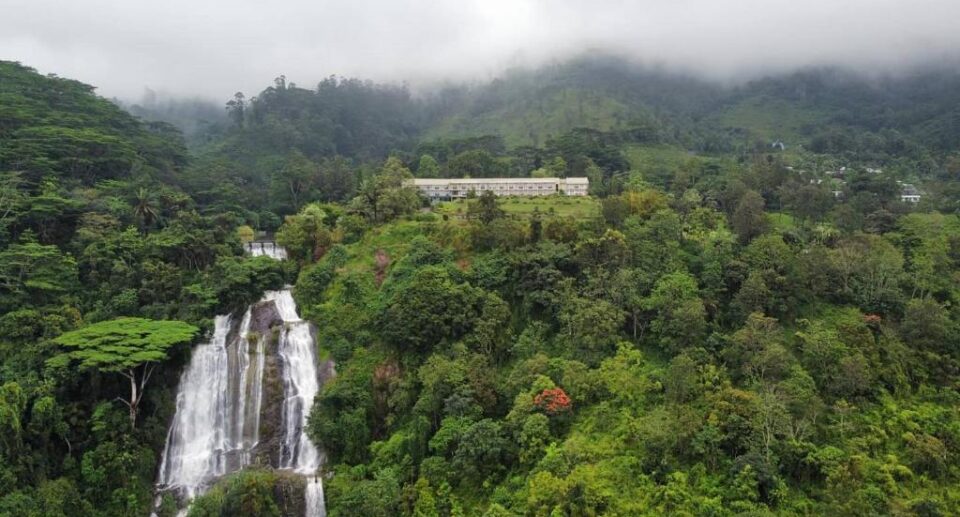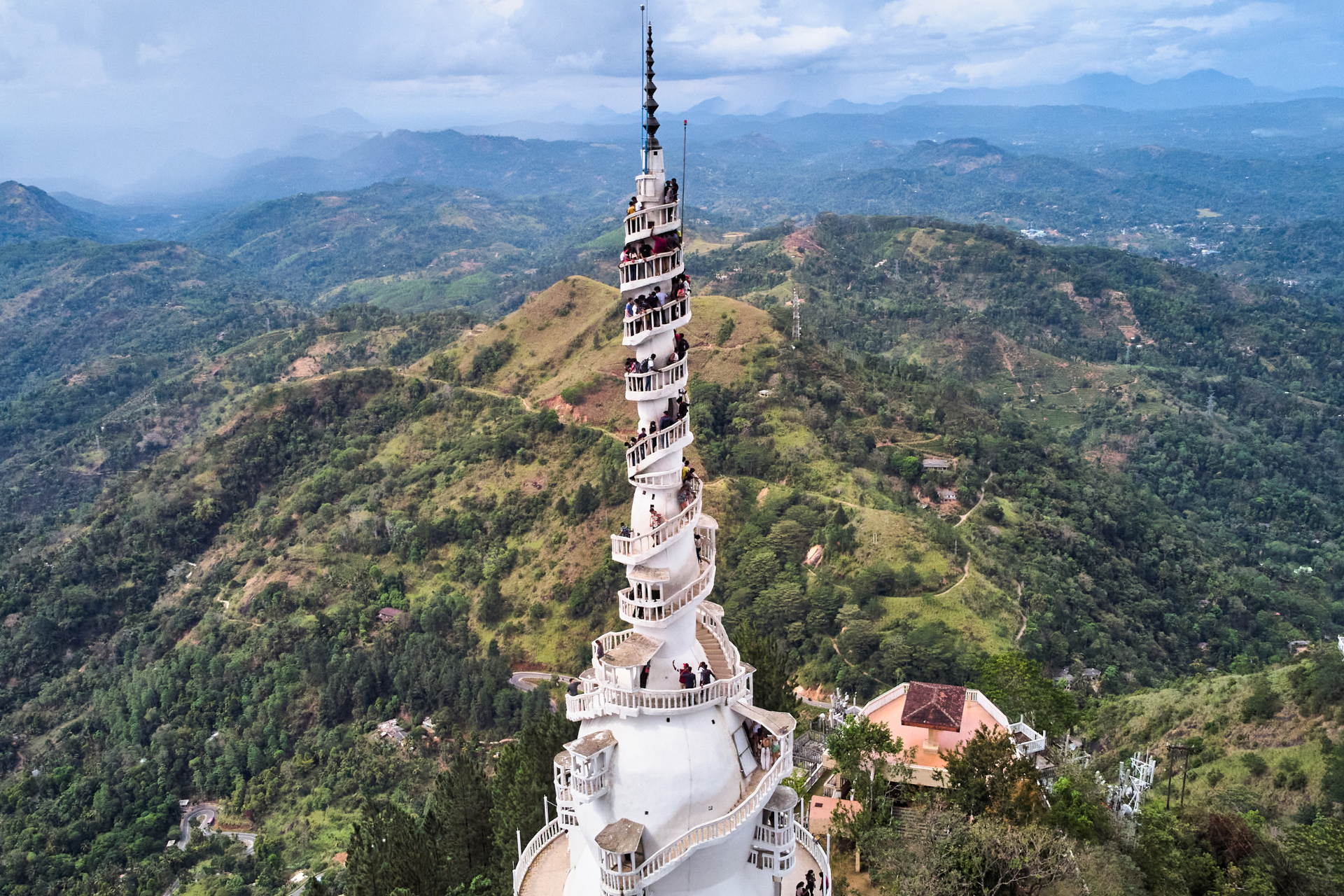Dolukanda Secret Ponds: A Hidden Gem in Sri Lanka’s Central Highlands
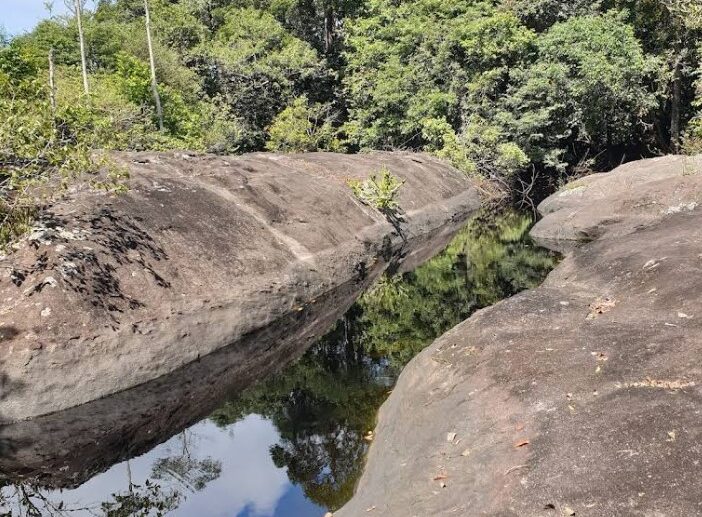
Deep in the heart of Sri Lanka’s Kurunegala District, surrounded by impenetrable jungle and ancient legend, looms Dolukanda, a mountain steeped in myth, spirituality, and natural wonders. Rising softly in majesty, Dolukanka is not only an unsung summit but also a compendium of tale and vision. At its most magical are the Secret Ponds secret, glass-like lakes hidden near the summit, veiled in mystery and legend. These ponds are typically unexplored, virgin, and intact, thereby being among the most interesting natural wonders in the region.
Geographical and Environmental Setting
Dolukanda is situated near the village of Arankele, 30 kilometers from the town of Kurunegala, and part of the extensive Dolukanda mountain range connected to Sri Lanka’s cultural and environmental heritage. The climb up to the summit takes around 3–4 hours along forest trails, boulder outcrops, and shaded trails featuring medicinal herbs. The experience itself is as gratifying as reaching the top, attracting hikers, pilgrims, and nature lovers in equal proportion.
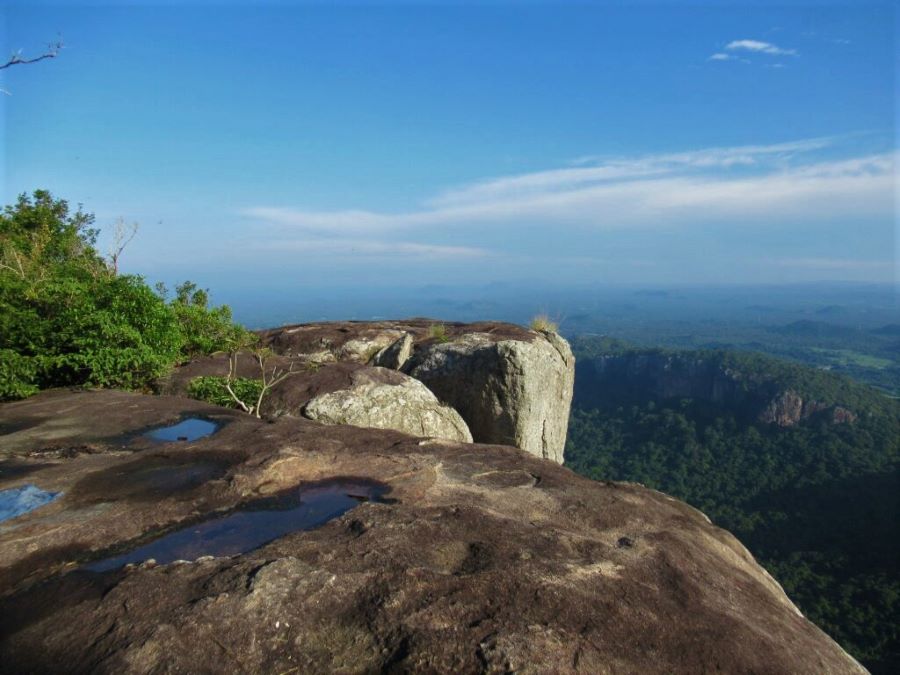
At the summit of Dolukanda, pilgrims discover a plateau, upon which there lie secret ponds, known locally as “Pokuna”, rest in rocks and patches of forest. They are better known as Wata Pokuna, Dunkei Pokuna, and Kaludiya Pokuna, which remain filled with water all the year round and shroud themselves in mystery of their own.
The Legend of Dolukanda
Dolukanda cannot be distinguished from Sri Lanka’s Ramayana legends. According to ancient tradition, this hill figures in the mythical Himalayas. When Hanuman, the monkey deity, retrieved the Sanjeevani plant (to save Lord Lakshmana) from the Himalayas, he inadvertently dropped a fragment of the hill on the island. This fragment, legend has it, is Dolukanda.
This myth contributes to the spiritual value of the mountain and particularly its secret ponds, where Hanuman supposedly rested or bathed after his climb. Some believe that Buddhist monks bathed and meditated in these ponds in the Anuradhapura period. As myth or history, these have elevated Dolukanda’s ponds beyond natural beauty—today they are icons of healing, power, and purity.
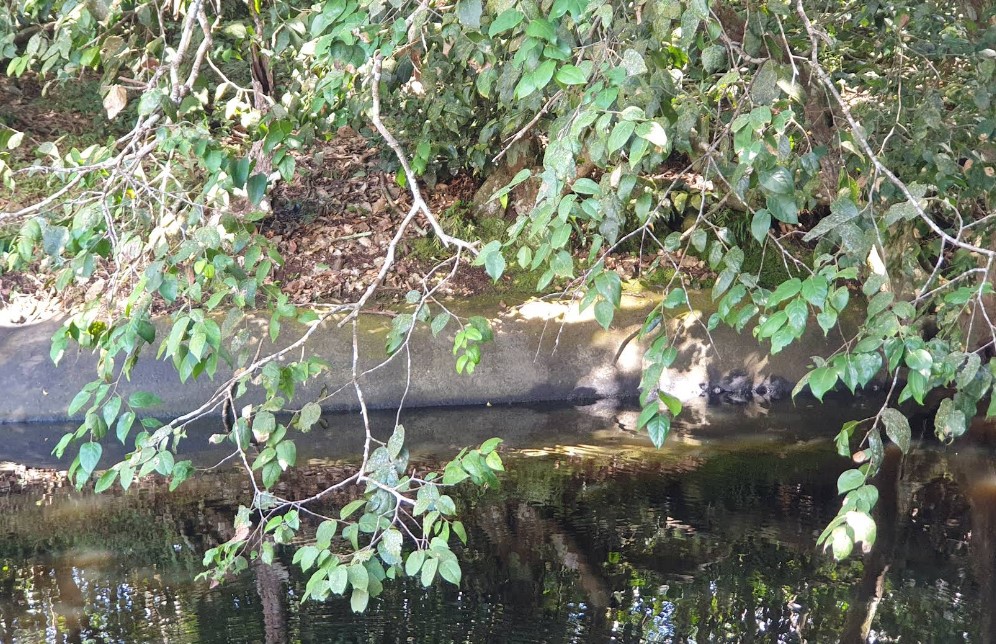
The Secret Ponds: Natural Sanctuaries
What is special about the secret ponds of Dolukanda is that they are naturally formed and isolated from the world. They are not man-made reservoirs, but shallow rock pools formed after centuries of rain falling and water seeping. Some are shaded by trees, darkly reflecting like a pool of black water hence “Kaludiya Pokuna” (Black Water Pond). Others are open to the sky, reflecting in sunlight with water so clear that rocks at the bottom can be seen.
The ponds themselves do not fully dry out during the dry season and therefore are vital sources of water for wildlife and previously forest monks. A bath in the ponds is said to be a cleansing spiritual experience. Their crystal-clear, refreshing waters, surrounded by silence and forest, offer visitors a meditation and awe environment.
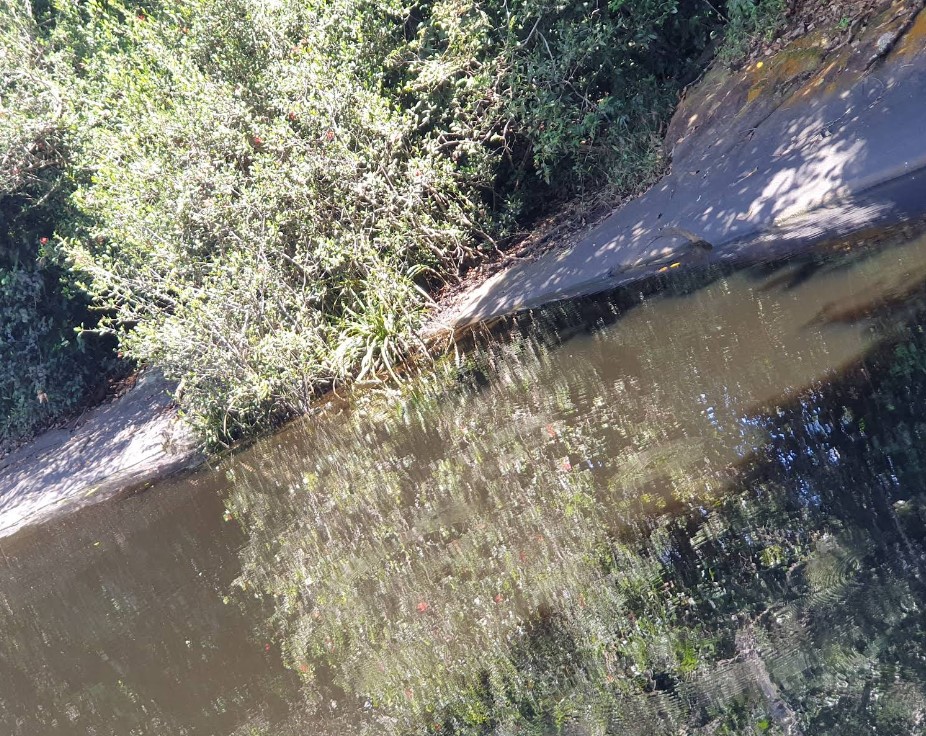
Flora and Fauna
There is an abundance of exotic medicinal plants at Dolukanda, most of which are mentioned in ancient Ayurvedic texts. Some of them are Katuwelbatu, Iramusu, and Aswenna, which are found along the path, supporting the proposal that Sanjeevani surely should have been present here. Monkeys, lizards, butterflies, eagles, and other birds of many species and Sanjeevani make this area a hotspot for biodiversity.
The ponds themselves contain small aquatic life, like insects, frogs, and indigenous plants. Their ecosystem is delicate, and the slightest change in the behavior of people—like litter or bathing with soap can ruin their pristine condition.
Spiritual and Cultural Significance
Besides their natural beauty, the ponds at Dolukanda are spiritually significant. Monks who resided and meditated in forests (aranya monks) during ancient times have been said to have resided and meditated in Dolukanda. The Arankele Monastery, an archaeological site close by, tells of the presence of a grand monastic complex. Monks would have visited the secluded ponds for their daily rituals, adding to the spiritual sanctity of the location.
Today’s pilgrims continue to regard the ponds as a sacred haven. Visitors stop not only to pray and rest but to offer silent prayer or ponder on nature and spirituality’s union. The serene atmosphere atop Dolukanda, scattered with such still pools, is ideal for meditative retreats and mindfulness exercises.
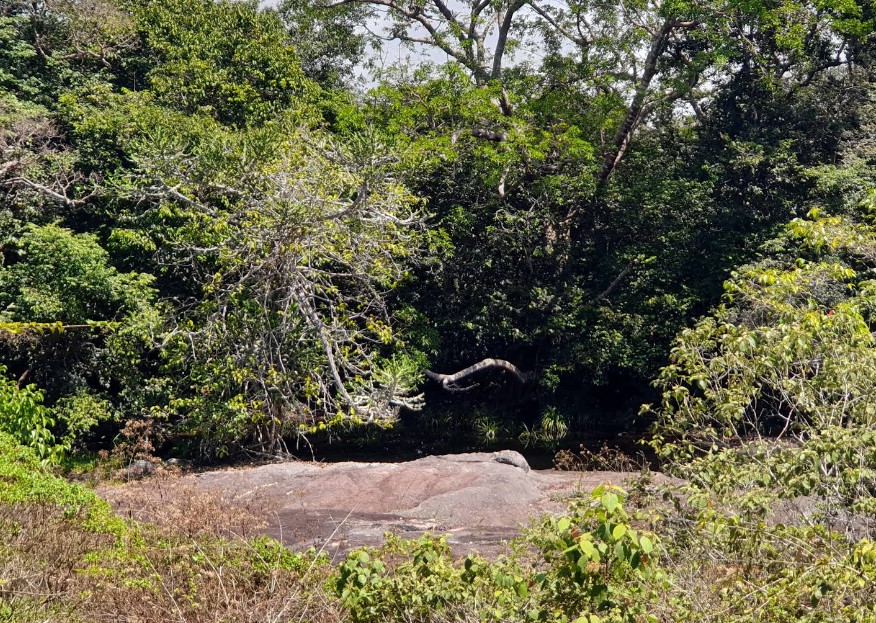
Eco-Tourism and Trekking Appeal
Dolukanda is slowly gaining recognition as an eco-tourism destination. The climb to the summit, though moderately challenging, is replete with visual and sensory treats. The landscape varies from village farm country to wooded slopes, and then to stone meadows and lastly to hidden pools. Trekkers should climb in the company of guides or locals who know the route, as there are no signs and cell phone signals are weak.
The best time to visit is during January to April, and June to September, when the trails are dry, and visibility is clear. Although there is no fee for entry, the lack of official facilities means that trekkers have to be self-sufficient and environmentally friendly.

Preservation and Responsibility
With Dolukanda getting popular, there is a growing need to be sensitive to conservation. The hidden ponds remain relatively untouched, but increasing numbers of visitors will lead to littering, pollution, and ecological disturbance. Visitors are asked not to:
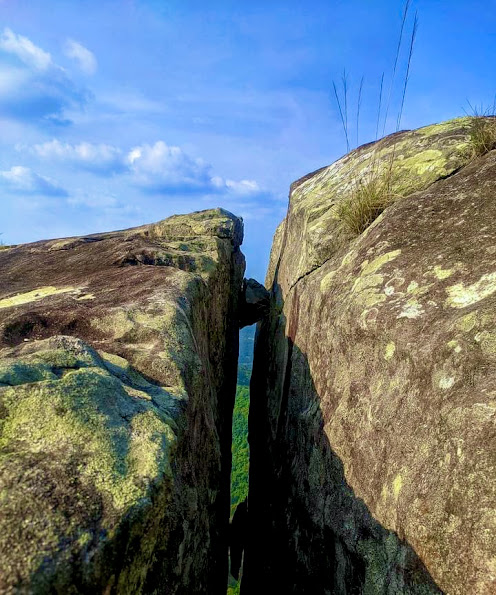
Use chemical shampoo or soap in the ponds, Take back all trash, Not touch wildlife, Use natural routes and not damage the vegetation
The local community is working towards developing responsible trekking, advocacy for which includes designing community-based projects that will be beneficial to the local economy as well as the environment.
Dolukanda’s Secret Ponds are not a place in the physical sense they are a reflection of nature’s innocence and Sri Lanka’s spiritual heart. Concealed at the summit of a mountain wrapped in myth and medicine, these ponds are reflections of the sky, keepers of history, and sanctuaries for the soul.
If you are a trekker looking for adventure, a spiritual traveler looking for inner peace, or a history and nature enthusiast, the trek to Dolukanda and its hidden waters offers something quite rare a means of connecting with the wild, the sacred, and the self. In a world in which change is always on the horizon, these sites are not only breathtaking sometimes they are necessary.
By Car
From Colombo:
- Route via A1 Highway:
- Head north on the A1 highway towards Kurunegala.
- Upon reaching Kurunegala, follow signs to Doluwa.
- Continue to Kumbukwewa; from there, navigate to the coordinates JC95+GG (Kumbukwewa).
- The ponds are a short walk from this point.
From Kandy:
- Route via A26 Road:
- Travel west on the A26 road towards Kurunegala.
- In Ibbagamuwa, turn onto Doluwa Road and proceed to Kumbukwewa.
- Follow local directions to reach the ponds
By Public Transport
From Colombo:
- Bus to Kurunegala:
- Board a bus from Pettah Bus Station to Kurunegala.
- Upon arrival, take a bus to Doluwa.
- From Doluwa, hire a tuk-tuk to Kumbukwewa and follow local directions to the ponds.
From Kandy:
- Bus to Kurunegala:
- Take a bus from Kandy Bus Station to Kurunegala.
- From Kurunegala, proceed as above to reach the ponds.
By Tuk-Tuk
Hiring a tuk-tuk is a convenient option for direct access:
- From Kurunegala: Negotiate a fare (approximately LKR 500–600) to Kumbukwewa.
- From Doluwa: Hire a tuk-tuk to the ponds, ensuring the driver is familiar with the location
Trekking to the Ponds
The final leg to the Secret Ponds involves a short hike:
- Trail Details: The path is moderately challenging, involving uneven terrain and some elevation.
- Duration: Approximately 20–30 minutes from the nearest access point.
- Preparation: Wear sturdy hiking shoes, carry sufficient water, and consider a local guide if unfamiliar with the area
Additional Tips
- Best Time to Visit: Early morning for cooler temperatures and to avoid crowds.
- What to Bring: Water, snacks, sunscreen, insect repellent, and a camera.
- Respect Nature: Avoid littering and refrain from disturbing wildlife.
- Safety: Be cautious of slippery rocks and uneven paths near the ponds.
Map of Dolukanda Secret Ponds
